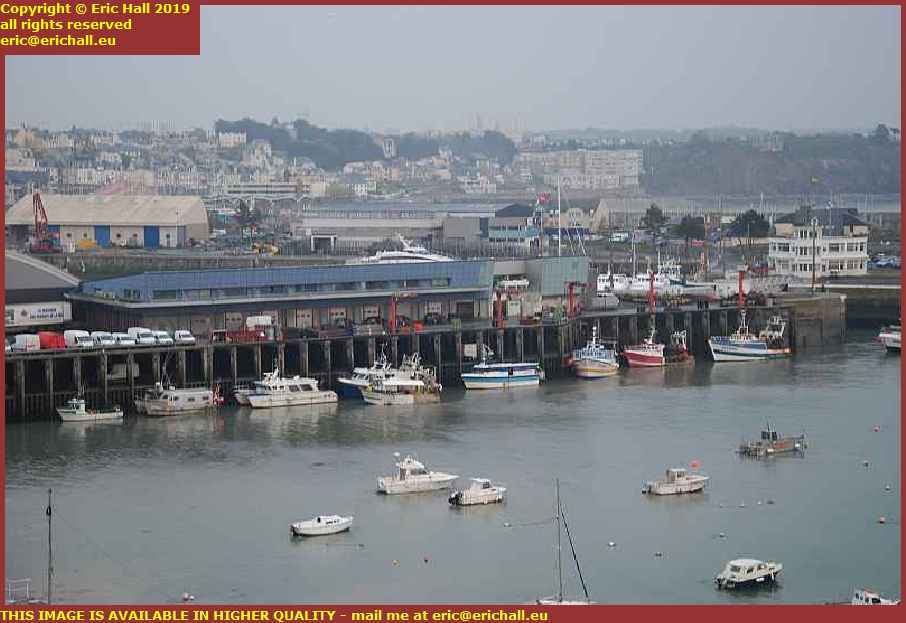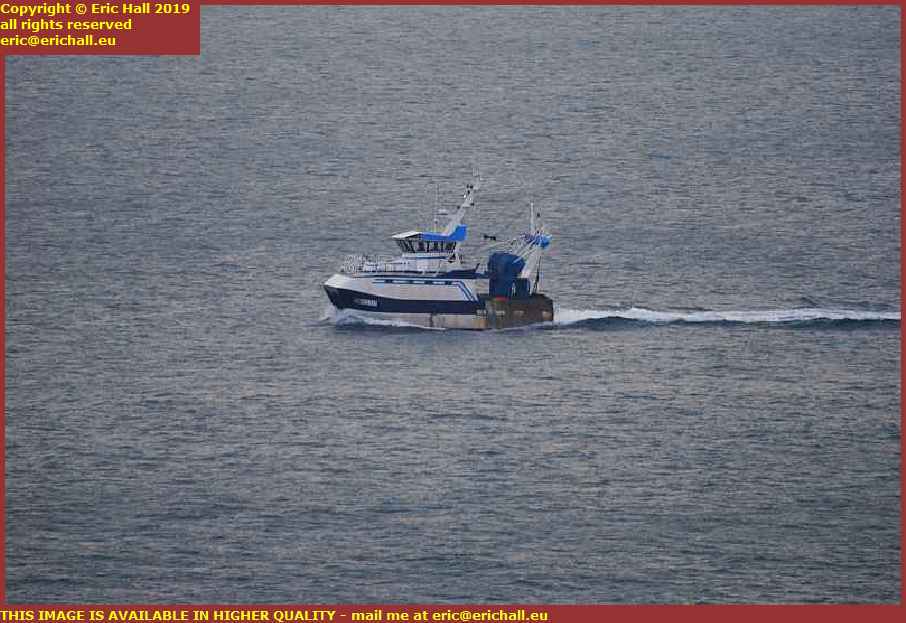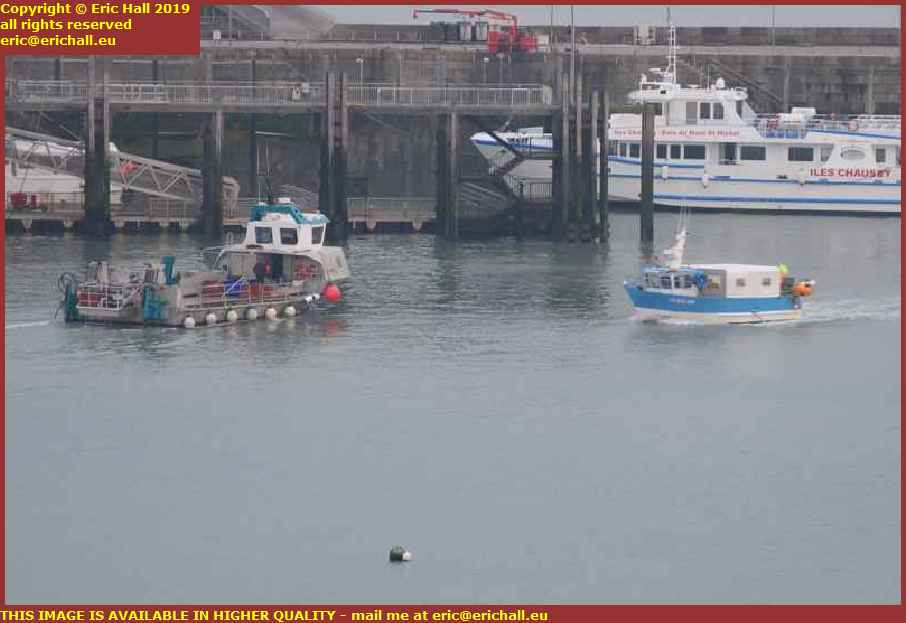… once famously said “one thing I want to tell you all, and that it’s good to be back home”.
And so as I staggered in through my front door at about 21:50 last night I did have to say that I couldn’t have agreed more with him, even though I was confronted by the European Cardboard Box Mountain.
So having crashed out good and proper last night at about 21:30 after my marathon session around the northern half of the Somme front line, I was up and about at about 05:40, long before the alarm.
I’d even found time to go off on my travels too, where I ended up in a comfortable household with a woman from Shrewsbury (and who could pronounce it correctly too) and her two teenage daughters. It started off by my having received a huge packet of documents – deeds for Reyers, deeds for Expo, life assurance policies and the like. It turned out that I had finally become fed up of my bankers and closed my accounts. I needed to file the documents away safely and so I reckoned a safety-deposit box that I had in a bank would do. But then it turned out that I had of course closed the bank account so I wouldn’t have access. A self-storage unit might do, but I didn’t think that that was permanent enough. So o the way home I stopped, parked my car (which was pale green) on a bad corner and applied some kind of dry shampoo to my hair (it was long) to clean it. But cars kept on bumping into mine and pushing it further around the bend so in the end I had to abandon the procedure (and the top off my shampoo tube which I had dropped on the floor somewhere) and drive the car away. I passed several petrol stations where I could have obtained some water to rinse my hair but later found that I could comb it out – except for where it had been badly applied and I ended up looking like a pineapple. This woman was going through her paperwork too, and reckoned without actually saying it that although she came from a good family background she had been adopted. I was explaining about how I’d been born on one side of Shrewsbury (which I hadn’t) and how I’d lived fora while on the other side of the town (which stretching the imagination a little, you might say is true).
Somehow I still didn’t feel in the mood to do too much so I had a shower and a tidy up, packed everything away, said goodbye to the most bizarre landlady I had ever met in my life (and, believe me, I’ve met a few) and loaded up Caliburn – who still had his wheels on which surprised me greatly.
And I forgot to take a photograph of the hotel too.
It was looking miserable and cloudy, and I could even smell the rain, but anyway I set off on my travels, remembering this time to stop at the LeClerc that I had found yesterday evening to pick up stuff for lunch (but forgot my breakfast too while I was at it).
Dodging the roadworks and following the diversions, I eventually arrived at Albert and called in at the Super U to find some breakfast. But not before I was accosted on the car park by someone who was clearly looking for a job. Much as I admired his initiative, I couldn’t do anything for him of course, but this is the second time (the first being at Soissons a good many years ago) that I’d been propositioned like this.
Breakfast was taken at the side of the road in Albert and then I went for a wander around the town.
Albert is of course famous as being the main British assembly point behind the lines, and for the fact that it was visible (or, at least, the spire of the church is visible) from the German lines at la Boisselle. Consequently it was under heavy artillery fire throughout the war.
There’s the famous church of course, with its statue of Mary perched on top, offering up Jesus to the clouds. And the legend that God would reach down and take up the baby if a virgin ever walked past.
With it being such a magnificent target, the Germans naturally aimed at it, but after it had been hit and almost fallen (and French engineers had chained it to the tower) another legend grew up that differed according to whoever you spoke to.
Either
- whichever side that knocked down Mary would lose the war
- the war would not end until Mary had been knocked down
As it happens, it was the British who knocked it down in March 1918 when the town had fallen to the Germans in the Spring Offensive.
From Albert I headed off to Dartmoor Cemetery a mile or so to the east of the town.
This is a famous cemetery, and for a couple of reasons too. Firstly, it’s the last resting place of a couple of people called Lee. They are father and son who fought side-by-side on the Somme and were killed on the same day almost in the same place.
The second reason is that it’s the site of the grave of Harry Webber.
In 1914 his three sons joined up for the War and were accepted as officers. Harry Webber then petitioned the War Office, offering to serve the British Army in any capacity they liked, so that he would have the privilege of saluting his three sons.
After all, he had plenty of free time, having just retired from the Stock Exchange at the ripe old age of 65.
Despite being refused on many occasions, his persistence led him eventually to be appointed as a Lieutenant Transport Officer to one of the Regiments on the Somme.
And it was there on the Somme that he was killed by a shell.
Aged 67 at the time of his death, he is the oldest known battle casualty of the War.
Next stop is Mansell Copse and the Devonshire Cemetery.
Here, the Devonshire Regiment had to charge down a hill, across a railway line and up the other side into the German trenches at Mametz. And while the artillery had blown away most of the wire and most of the defences, there was a well-protected machine gun built into a substantial cross in the civilian cemetery halfway up the other side.
Captain Martin, who was said to be a keen modeller, went home on leave just before the battle and made a clay model of the battleground, and on his return just before the battle told his colleagues where he thought the machine gun would catch him and his men.
And sure enough, after the battle had passed over the spot, they found his body exactly where he had predicted.
The War poet William Hodgson wrote
I, that on my familiar hill
Saw with uncomprehending eyes
A hundred of thy sunsets spill
Their fresh and sanguine sacrifice,
And I suspect like most sensitive people, he maybe had an idea that he would be one of them.
He was a Lieutenant in the Devonshire Regiment and he too met his death in the attack on Mametz on 1st July.
At Carnoy, in the village square, this was the casualty treatment centre for this part of the front.
General Rawlinson had asked for every ambulance train on France to be standing by behind the lines to evacuate the wounded. There were 20 of them, but the Quartermaster-General sent him just three.
As a result, some wounded men had to lie here in the open for as long as five days before they made it back to a hospital.
One soldier, with a slight wound to the foot, discovered when he arrived at a hospital after all that time that the wound had turned gangrenous and his entire leg had to be amputated.
That’s one of the reasons why the cemetery at Carnoy is so large, but only a handful of graves are “unknown” – they mostly all came from the casualty clearing station, having died in that five-day period.
One Captain, Captain Neville, was in charge of four battalions. He gave each one a football and ordered each battalion, at the start of the battle, to kick a ball all the way to Berlin.
Two of the footballs made it back to Blighty, but Captain Neville didn’t.
Up on the ridge at the top of Carnoy, I’m standing on the German front line looking right across to the Devonshire’s trench at Mansell Copse.
Somewhere not too far from where I’m standing, although I can’t see it because of all the wheat, it the crater caused by the Kasino Point mine. This blew away a large proportion of the German defenders and as it was blown late, took the defenders completely by surprise.
This was one of the reasons why the attack on this section of the line was so successful, and the village of Montauban, a couple of kilometres behind me, fell quite quickly.
The British front line soldiers were through quite easily, and sat waiting for the second line and the cavalry, because they had completely broken the front and there was nothing now between them and Berlin.
But at this moment, unfortunately, General Rawlinson lost his nerve. Having heard of the disasters on the other fronts, he could not believe that there had been a breakthrough here at Montauban and refused to order the second line and the cavalry forward.
He noted in his diary as early as 12:15 on that day that “there is no hope of getting the Cavalry through today”.
Meanwhile, the British first-line troops were sitting staring at empty fields and empty forests, and did so for two days, and when Rawlinson finally did order his reserves forward, it was too late.
The Germans had refortified the line by this time and the slaughter started again.
Had Rawlinson only kept his nerve, the War could have ended 12 months earlier. But then that was Rawlinson’s big failure. he hated Kitchener and had no faith whatever in, in fact he had nothing but contempt for Kitchener’s “New Army” of civilian volunteers. They may not have been as well-trained as his beloved regulars but they certainly played their part.
And he was a born-and-bred infantryman too and had no understanding of and no faith in the cavalry either, and no concept of the panic that a well-handled cavalry division could create behind enemy lines.
Not quite relating to the First Day on the Somme, I went just down the road to the Military Cemetery at Guillemont Road.
One of the people lying in here is Raymond Asquith. He was the son of Herbert Asquith, the British Prime Minster at the time.
So having concluded my visit to the Somme Battlefield, the next question was bound to be “what to do next?”
Heading towards home was the obvious answer and I decided that I would at least reach Rouen before I thought about a place to stay.
But Amiens was awful. There were roadworks all the way through the centre and what should have been a 15-minute drive turned into over an hour.
And from then on it just seemed to get worse.
I had to stop not far outside Amiens for lunch. and also a little half-hour doze. And as usual, I felt a little better after that.
But my better humour didn’t last much longer. Not long after my little pause I came across yet ANOTHER “road closed” sign, and we disappeared down yet ANOTHER enormously long diversion.
But it’s an ill-wind that doesn’t blow anyone any good, and we eventually ended up just a couple of miles away from the autoroute that runs down the coast from Abbeville. So at least I was able to hot-foot it to Rouen and make up a little lost time.
But I lost it all in Rouen because, once more, there were road works just about everywhere and we crawled through the city and it took us ages.
Just WHEN are they going to build a by-pass around it? It’s totally crazy having all of this traffic on the city streets.
On the edge of the city I put in some diesel and then settled down on the autoroute just to get clear of the place. Caliburn was running quite well with just a little vibration that’s sprung up from somewhere, and we were bowling along quite nicely, so I just kept going.
Still three hours to home though, but only 2 and a bit via the motorway if you don’t mind the péages.
And one of my friends had told me a very useful tip. I’ve been paying “Class 2” for Caliburn because he’s over 1m90 in height, but apparently vans of Caliburn’s size are really “Class 1”, and apparently I ought to argue.
So at the first péage passage, Caliburn was classed as “Class 2”. So I pressed the button and explained. Sure enough, the tariff changed over to “Class 1”.
At the second péage, still “Class 2”, but as soon as I pressed the button to call, the tariff changed automatically to “Class 1” and a voice from Control said, before I’d even had time to say anything “I’m sorry. I’ve changed it for you”.
So this is a well-known phenomenon that doesn’t even need explaining, and when I think of all the times that I’ve travelled on the péages in a van and all the excess tolls that I must have paid and how I’ve been ripped off, and how the autoroute companies have been there ripping off van drivers for 15 years.
They must have made millions out of van drivers illegally over the years.
By the time that I reached Caen I really was flagging but I decided that with just an hour or so to go, I’d keep going. If I really felt bad I’d stop for another doze at the side of the road.
But here we are, back at home. 500 or so kilometres with just a brief doze and another stop for fuel. A far cry from when I could do 1000 kilometres non-stop without batting an eyelid, even after a full day’s work, but it’s still the longest day that I’ve had for several years, and it’s also after a good day out around the battlefields.
I ought to be really proud of myself, but to be honest, I’m just too tired to care right now.
 This evening I’ve been out in the half-light playing around with the zoom-telephoto lens to see what I could conjure up.
This evening I’ve been out in the half-light playing around with the zoom-telephoto lens to see what I could conjure up. But I did manage to go out for my walk around the walls this afternoon.
But I did manage to go out for my walk around the walls this afternoon. so I could see what was going on.
 The second movement was much more exciting.
The second movement was much more exciting. But around the other side of the walls I was treated to a considerable amount of excitement, not the least of which was the sudden rainstorm that had erupted.
But around the other side of the walls I was treated to a considerable amount of excitement, not the least of which was the sudden rainstorm that had erupted. Regular readers of this rubbish will recall that the other day we saw a red and white trawler doing a nautical danse macabre in the inner harbour.
Regular readers of this rubbish will recall that the other day we saw a red and white trawler doing a nautical danse macabre in the inner harbour. Tea was a burger with baked potatoes and veg followed by strawberries and that coconut-flavoured soya cream.
Tea was a burger with baked potatoes and veg followed by strawberries and that coconut-flavoured soya cream. And I’m glad that there was still some light left and that I had the big lens on the camera, because I noticed something moving across the bay near the Brittany coast.
And I’m glad that there was still some light left and that I had the big lens on the camera, because I noticed something moving across the bay near the Brittany coast. That wasn’t the only sailing craft out there this evening.
That wasn’t the only sailing craft out there this evening. As I said earlier, there could have been anything up to a dozen fishing boats heading in to harbour this evening.
As I said earlier, there could have been anything up to a dozen fishing boats heading in to harbour this evening.


